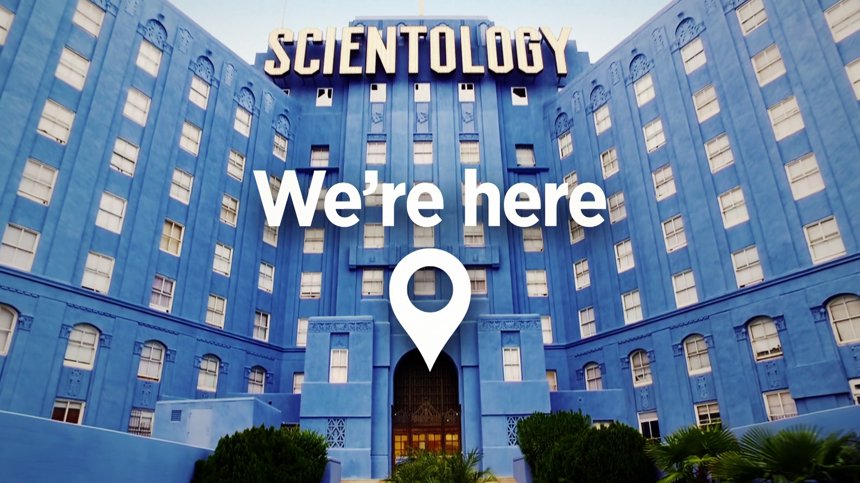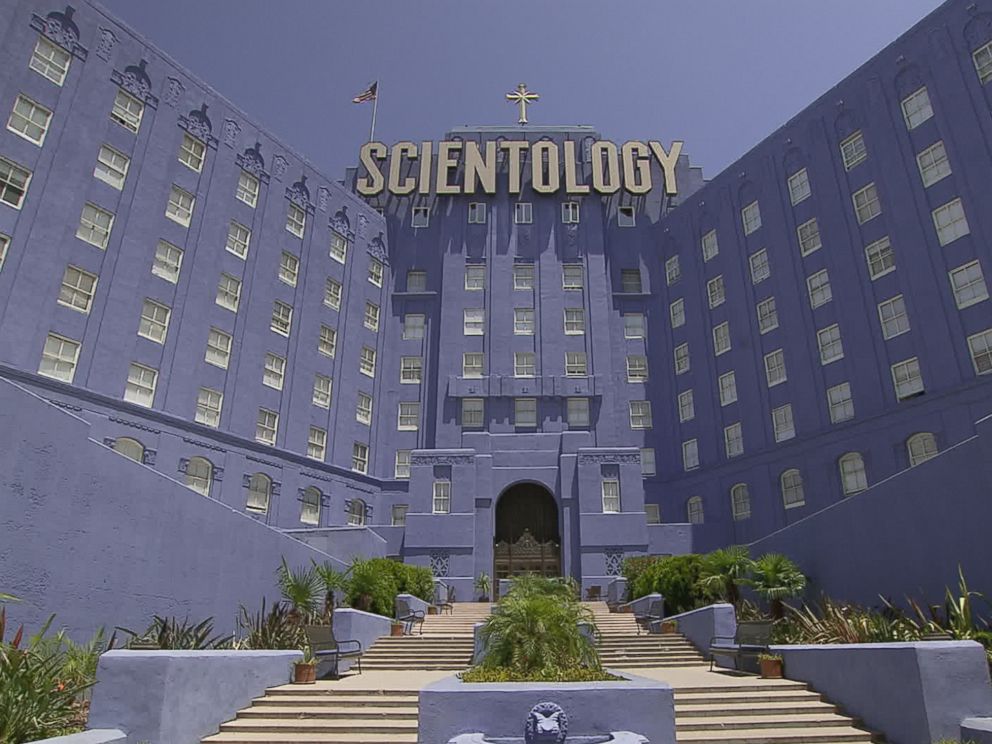Opening the Mysteries of Scientology: Resources, Services, and Campaigns
Opening the Mysteries of Scientology: Resources, Services, and Campaigns
Blog Article
The Reality Concerning the Church of Scientology Revealed
The Church of Scientology has long been a subject of both attraction and controversy, with its beginnings dating back to the mid-20th century. As we start to unravel the truth about the Church of Scientology, a clearer image emerges, exposing a narrative that is as appealing as it is contentious.
Origins and Starting
The Church of Scientology was founded in 1954 by sci-fi author L. Ron Hubbard. Hubbard initially developed a self-help system called Dianetics, which later on progressed right into what is now referred to as Scientology. The origins of Scientology trace back to Hubbard's frustration with standard psychotherapy methods and his idea in the possibility for individuals to get rid of previous traumas and achieve spiritual knowledge.
Hubbard's mentors centered around the principle of thetans, immortal spiritual beings present in all individuals, and the practice of auditing, a kind of therapy targeted at revealing and attending to past traumas (Scientology Johannesburg). These concepts developed the structure of Scientology, which Hubbard called a religion that provided a course to self-discovery and individual growth
The Church of Scientology quickly gained fans, with Hubbard developing the first main Church of Scientology in Los Angeles. Throughout the years, the organization expanded internationally, attracting both dedicated fans and movie critics who elevated problems regarding its practices and beliefs. Regardless of controversies bordering its beginnings and methods, Scientology continues to be a significant religious activity with a visibility in various countries worldwide.

Beliefs and Practices
With a focus on spiritual knowledge and personal development, Scientology's ideas and methods rotate around attaining and discovering past injuries self-discovery through the concept of thetans and the method of bookkeeping. Thetans, according to Scientology doctrine, are immortal spiritual beings that exist within each individual.
Bookkeeping entails an individually session between a qualified auditor and a Scientologist. Throughout these sessions, the auditor guides the individual with a collection of concerns and exercises created to assist them confront and fix their previous traumas. By doing so, Scientologists think they can achieve spiritual enlightenment, enhance personal development, and reach their complete potential as spiritual beings. The technique of bookkeeping is main to the ideas and practices of Scientology, emphasizing self-discovery and the search of a greater state of presence.
Debates and Objections
In the middle of public examination and debate, the Church of Scientology has actually faced a multitude of disputes and criticisms regarding its practices and influence on culture. One substantial point of contention rotates around the company's claimed monetary methods, with complaints of inflated charges for services and hostile fundraising tactics - Church of Scientology. Movie critics have also elevated problems about the Church's stringent hierarchical framework, which some former members claim fosters a society of control and adjustment
Furthermore, the Church of Scientology has actually gone through widespread criticism for its therapy of participants, consisting of allegations of forced labor, psychological abuse, and the technique of disconnection, where participants are encouraged to sever connections with friends and family vital of the Church. These methods have actually caused different lawful challenges and investigations in multiple nations, casting a darkness over the Church's reputation.
In Addition, the Church's hostile legal tactics against doubters and media outlets have actually triggered discussions regarding freedom of speech and the restrictions of spiritual security. These debates have significantly designed public perception of the Church of Scientology and remain to sustain ongoing disputes concerning its legitimacy and effect on culture.
Leadership and Framework
How does the leadership structure of the Church of Scientology affect its procedures and decision-making procedures? The Church of Scientology is recognized for its hierarchical leadership model, which is systematized around the authority of its leader, presently David Miscavige.
At the regional level, Scientology runs via individual churches and goals, each with its own set of leaders in charge of supervising procedures within their corresponding locations. These leaders are tasked with applying the instructions established forth by the main leadership while also resolving the certain requirements of their parishes.
While this hierarchical structure can improve procedures and make sure adherence to the church's doctrines, it has continue reading this actually also run the gauntlet for possible abuses of power and absence of openness. helpful resources Understanding the management and structure of the Church of Scientology is vital in understanding how the company features and the dynamics at play within its ranks.
Impact and Effect
What considerable results does the management framework of the Church of Scientology carry its participants and external stakeholders? The hierarchical management structure within the Church of Scientology exerts an extensive influence on its members and outside stakeholders. Participants are typically based on stringent control and monitoring, with substantial pressure to adapt the techniques and ideas determined by the management. This can cause a loss of individual autonomy and important thinking abilities, as people are anticipated to unquestioningly comply with the instructions stated by the company's leaders (What is Scientology).
Externally, the Church of Scientology's leadership framework can have a polarizing result on stakeholders. While some may be drawn to the company's charismatic leaders and assurances of self-improvement, others might be wary of the control exerted over members and the conflicts bordering the church. This can bring about a division in public assumption, with some watching the organization positively and others sharing hesitation or criticism. On the whole, the management structure of the Church of Scientology plays a considerable duty in forming the experiences and assumptions of both participants and outside stakeholders.
Final Thought

The Church of Scientology promptly obtained fans, with Hubbard developing the initial official Church of Scientology in Los Angeles.In the middle of public examination and argument, the Church of Scientology has actually dealt with a plethora of criticisms and conflicts concerning its techniques and effect on here society.What significant effects does the leadership structure of the Church of Scientology have on its participants and outside stakeholders? The hierarchical leadership structure within the Church of Scientology applies an extensive impact on its members and external stakeholders. In general, the management structure of the Church of Scientology plays a considerable function in shaping the experiences and understandings of both members and outside stakeholders.
Report this page